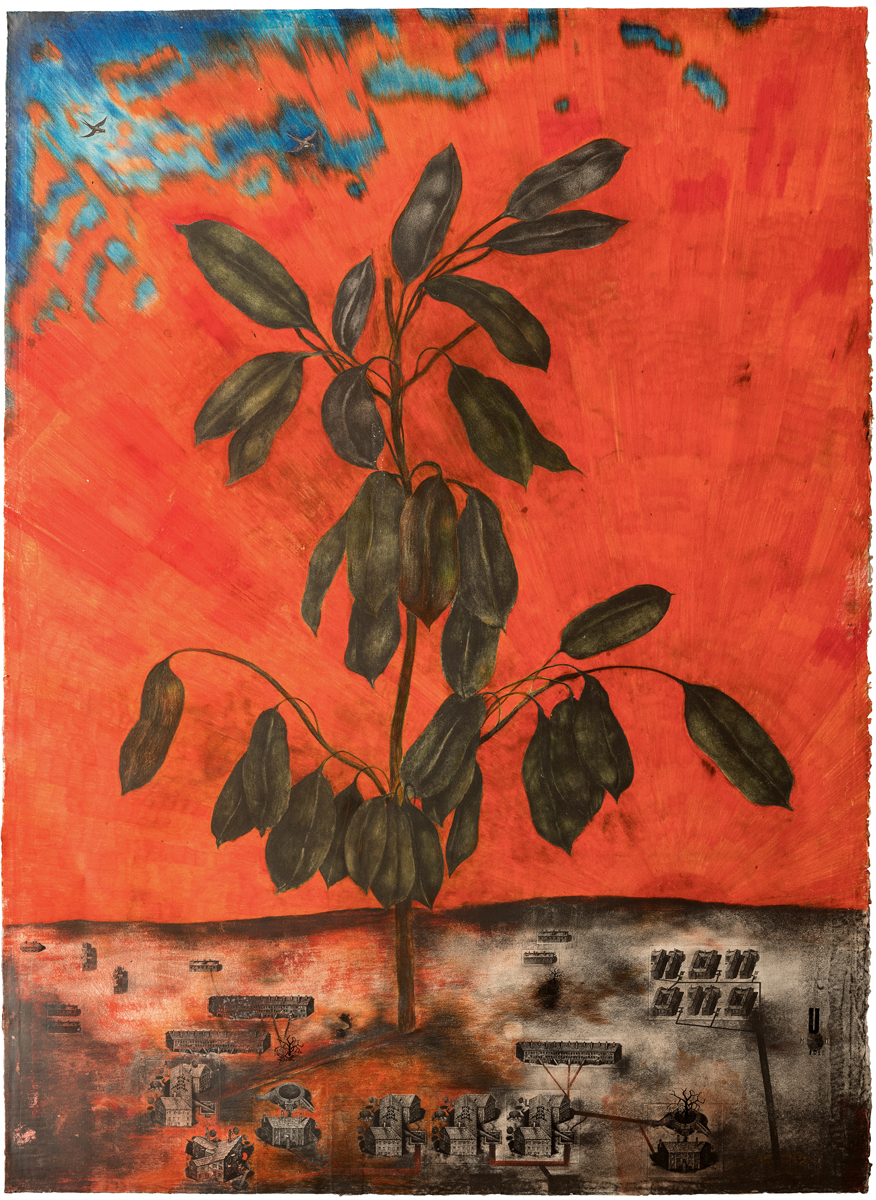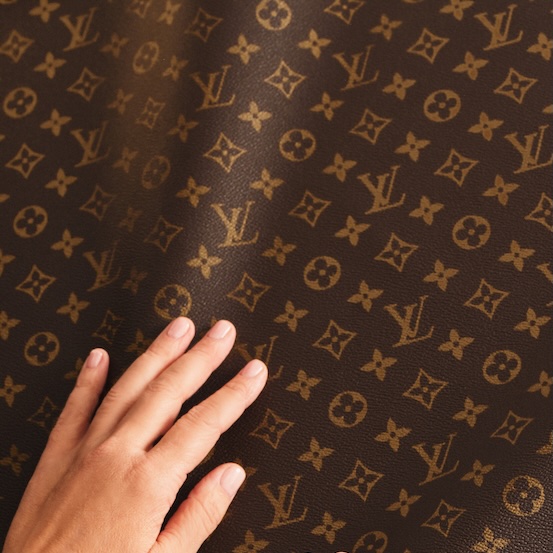Up until February 24, artist Pavlo Makov was set to represent Ukraine at the Venice Biennale, showcasing his installation Fountain of Exhaustion. Aqua Alta.
Up until February 24, artist Pavlo Makov was set to represent Ukraine at the Venice Biennale, showcasing his installation Fountain of Exhaustion. Aqua Alta. The following is an interview with him that took place before the invasion of his homeland. At that time, we could hardly imagine that Makov would later be speaking to us from a shelter — the basement of an art center in the city of Kharkiv in North Eastern Ukraine, 40 km from the Russian border, as it was shelled daily by the Russian forces. And yet his work has persevered. The curators have managed to evacuate 78 bronze funnels, the core of the Makov’s project, to Poland. Unfortunately, the installation of his artwork in Venice will happen without the participation of the artist.

© Pavlo Makov
© Pavlo Makov
Pavlo Makov, a well-known Ukrainian graphic artist, and I became friends last summer while working on the Vogue Ukraine FUTURESPECTIVE exhibition, a gathering of exciting cross-disciplinary talents and creative ideas. On seeing his work, I was immediately struck by something very special. I shared my feelings with another participant in the project, sculptor Ilia Novgorodov: “I could fall in love with this artist.” He laughed and replied: “Yes, I would fall in love too!” It is difficult for me to decide which of Makov’s Poppies series impressed me the most that day: They are like flowers — each unique in its own wonderful way. Thanks to the multiple intaglio technique in which the artist works, many different graphic images are combined into one composition, becoming a botanical atlas, a geographical map, or a diary of events and meetings.
Makov was drawn to intaglio printing and, on his travels, was particularly taken by an exhibition of etchings by Giorgio Morandi, 20th Century Italian master of still life, in Glasgow in 1991. He made the technique his artistic instrument. “Morandi created a whole universe from still life. When I returned to Kharkiv, my works became different,” the artist recalls. That year Makov painted his last painting.
Etching is a printing method in which the image is first drawn with acid on a plate of copper or zinc: the elements of the image to be printed are recessed relative to the rest of the plane. It is a long, arduous process. Afterwards, with the help of an etching machine — a press —the picture is transferred from the plate to the paper. This method of printing is described with the melodic Italian word intaglio.
“I have been working with prints all my life. For me, this is a philosophical concept. The print is what you leave behind,” the artist says. Despite the complexity of the process, Makov does not create a series of identical prints. Instead, over several months, he uses prints of different sizes to create one work — a multiple intaglio, printing not only on special etching paper, but also on the pages of old books, receipts, maps, and other ephemera. The artist says each print is a “letter.” Together they form a “text” which in turn becomes the “story.”
I first meet Makov on a visit to Kyiv last year to discuss the news of his participation in the upcoming Venice Biennale with the work Fountain of Exhaustion. Acqua Alta. The Ukrainian pavilion is curated by The Naked Room Gallery in Kyiv. “I can’t hide my sincere joy,” says Makov. “I am very pleased. I never thought of myself as participating at an event like it. Can you imagine how far I was from thinking about the Biennale in 1995?” He is a man certain in his beliefs. In the 1990s, the American poet Beth Jocelow invited him to illustrate a book of her poems. But Makov, as a point of principle, does not illustrate other people’s texts. Instead, he proposed a collaboration, starring her poetry and his drawings — April Wars. The Fountain of Exhaustion — and only twelve copies were printed. In 2020, he published Permanent Residence, his drawings accompanying poems by Sergei Zhadan. It became the poetic, graphic story of the two artists and their lives in the city of Kharkiv over almost thirty years. “What Makov is doing, his sense of time, his sense of space and urban landscape, is very much in line with my vision,” says Serhiy Zhadan. “In fact, I do something similar in literature, but by other means.”
For Makov, Venice feels appropriate. The Fountain of Exhaustion aligns with a city that is disappearing underwater. In his fantasies, the fountain itself could hang on a brick wall, the water falling from it straight into the canal — a perfect presentation of his work. Alas, the exhibition space, the Arsenale, does not allow for the possibility. Instead, for the Biennale, the name Acqua Alta was added —"high water,” referring to the seasonal flooding that plagues the city. For Makov, it is not the city that disappears but rather the water; a symbol of time. “This is not a fountain in the literal sense — it is a symbol. Let it flow, let it drip as it is. Let everything happen naturally."
Translated from the original on The Quote Issue, published in April 2022. For full credits and stories, check the print version.
Most popular

O que lhe reservam os astros para a semana de 30 de dezembro a 5 de janeiro
30 Dec 2025
.jpg)
.jpg)
Relacionados


Louis Vuitton: aniversário do icónico Monogram celebra-se com muitas novidades
01 Jan 2026



.jpg)